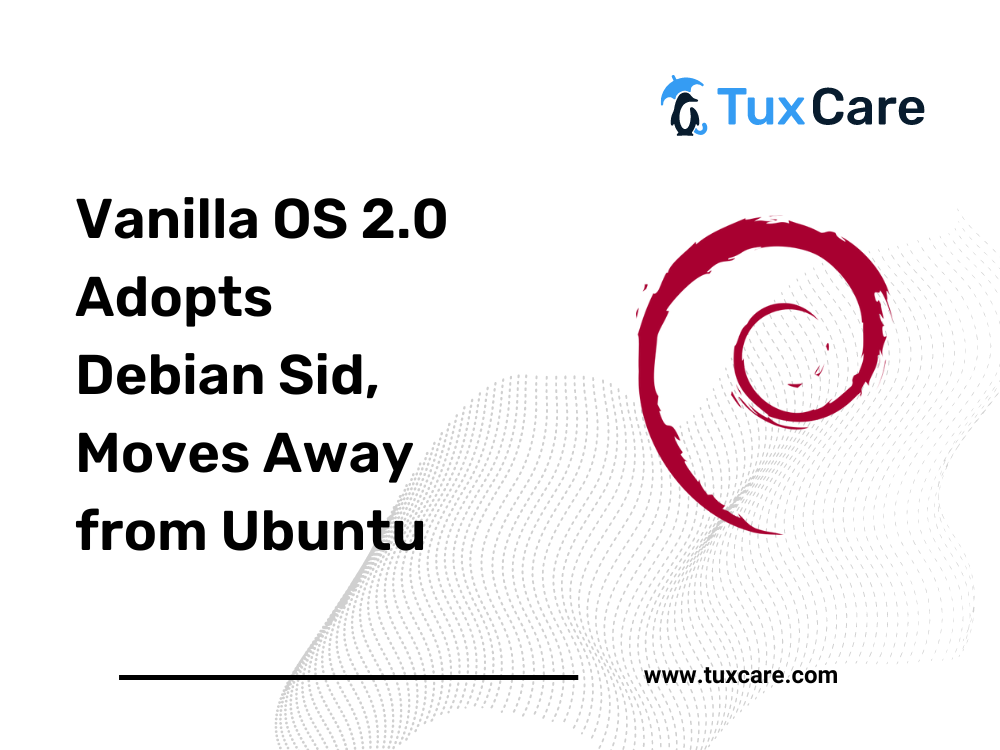Vanilla OS 2.0 Adopts Debian Sid, Moves Away from Ubuntu
Vanilla OS 2.0 had been using Ubuntu from its early development stages, but now it is all set to shift to Debian Sid. Vanilla OS 2.0 is one of the newer Linux distributions with the goal of providing a better Linux desktop experience.
With the upcoming release of Vanilla OS 2.0 Orchid, the Vanilla OS development team has decided to transition from Ubuntu Linux to Debian Sid as its base.
Vanilla OS 2.0 Moves to Debian Sid
The development team has concluded that Debian Sid is a more suitable base for their desktop Linux distribution. This decision was based on several reasons, including Debian Sid being closer to a vanilla experience than Ubuntu.
Moreover, they found that Canonical’s opinionated workflow did not align well with their development approach. It was a bit time-consuming as they had to focus more on reverting the changes.
Additionally, Ubuntu’s customized version of the GNOME desktop does not match how GNOME wants its desktop environment to be. As one of the main objectives of Vanilla OS is to stay as vanilla as possible, the team had to undo many of these changes to meet that goal.
Another reason is that Ubuntu now primarily depends on Snap to deliver applications after stopping their support for Flatpak. According to their testing and various online resources, Snap contains several issues like slow startup times, centralizations, etc. which have not been resolved yet.
Therefore, the Vanilla OS development team prefers to promote open-source and cross-organization efforts, like Flatpak. In addition, it offers more flexibility in releasing updates, which was previously limited by Ubuntu’s release cadence. The development team is already familiar with using DEB packages and working with Debian.
Vanilla OS 2.0 Installation
To ensure a smooth installation experience, two new installation types will be introduced: Express and Advanced. Express offers a simple and straightforward process that allows users to set up Vanilla OS quickly. Meanwhile, Advanced setup is for users who prefer a customized installation for their specific use cases and workflows.
The team has also made improvements to the setup process, allowing users to configure their accounts and preferences during installation. This means users can set up their name, username, and password directly from the pre-installed Vanilla OS system on their first boot, instead of relying on the OEM to do it for them.
Vanilla OS 2.0 will come with GNOME 44, paired with Debian’s 6+ kernel to ensure compatibility with the latest devices and peripherals.
The sources for this article include a story from It’s Foss News.



 Documentation
Documentation Login
Login



